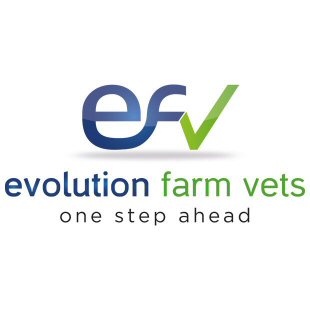With the continuing escalation of the TB problem, the APHA is necessarily placing much greater emphasis on the application of correct procedure during testing. As a result, vets carrying out tests will be subject to regular checks to ensure absolute compliance with regulations which will involve unannounced on-farm inspections. Should any failure to comply with procedure be found, the results will be serious and could include the voiding of the farm’s test, movement restrictions, the loss of the vet’s job. All situations which we are keen to avoid.
Most of our clients are well-versed in TB testing procedure and for most of you, all of the following will be old news. For the avoidance of any confusion, however, we think it wise to set out correct procedure and to make clear that, when our vets insist on strict protocol, they are not simply being awkward.
Procedure for all TB Tests is as follows:
Procedure Day 1
The vet must:
- Clip
- Ensure that the official ear tag is read and recorded
- Measure skin thickness and ensure that this is recorded against the correct ear tag number
- Inject tuberculin
Procedure Day 2
The vet must:
- Ensure that the official ear tag is read and recorded
- Measure skin thickness and ensure that this is recorded against the correct ear tag number
On-Farm Handling/Admin Requirements
Using well designed and constructed handling facilities (suitable for the size and temperament of cattle to be tested) will avoid unnecessary stress for you and your cattle, save time and most importantly provide a safe working environment for farm personnel and TB testing staff alike.
Our recommendations are as follows:
- All cattle should be presented in handling facilities which provide good restraint and safe access to the animal being tested e.g. a crush / race with head yoke / A.I. pen. This is a regulatory obligation for TB control.
- Ideally the handling system will be linked by a securely constructed race.
- The testing area should be well lit.
- A table / work surface for equipment and paperwork is helpful.
- The provision of somebody to record tag numbers and skin measurements will always greatly speed up the testing process.
- Please provide suitable toilet and break facilities for longer tests.
- Please provide suitable facilities for our staff to disinfect before and after the test.
- Presenting your farm movement records for inspection by our staff may be beneficial in demonstrating evidence of movement record compliance to other statutory authorities.
We appreciate that these requirements may mean making a few changes to your routine, and perhaps recruiting additional help or hiring handling equipment for the two days. If any of the above is likely to present a problem then please contact us as soon as possible. We will be encouraging our TB testing team to agree compliant, workable solutions with you before the day of the test itself.
In situations where we find that we cannot carry out the test properly or safely, our vets have been instructed that they must abandon the test. This will mean that your test has to be rescheduled and may become overdue.
If you have any questions at all about anything connected to your TB test, please contact us at the office: 01278 734828. Meanwhile, the help and cooperation of you and your team are much appreciated to enable effective, efficient and safe testing.
